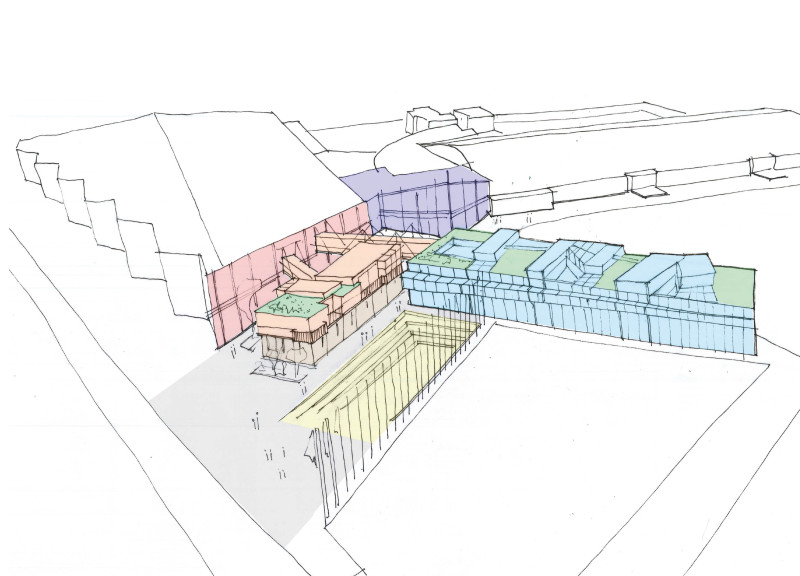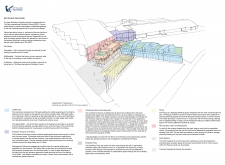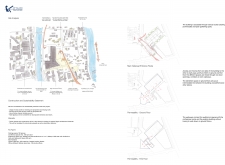5 key facts about this project
### Project Overview
Kip Island Pavilions is situated on the west side of Riga, Latvia, adjacent to the Riga International Exhibition Centre (RIEC). This design aims to revitalize the center as a multifunctional community hub for exhibitions, conferences, and performance spaces. Through an emphasis on sustainability and adaptable spaces, the pavilions serve to enhance the site's utility and encourage community engagement.
### Spatial Configuration
The pavilions are strategically laid out to facilitate permeability and movement across the site. Key access points create connections between the various structures, promoting interactions among visitors and reinforcing community ties. The layout incorporates multifunctional spaces, allowing for the hosting of a wide range of activities, from formal conferences to informal gatherings. An integral feature is the central plaza that acts as a communal gathering space, seamlessly blending indoor and outdoor environments to encourage social interaction.
### Material Selection and Environmental Considerations
The architectural design employs a selection of materials that reflect both modern sustainability goals and the historical context of Latvian architecture. Timber frames are utilized for their sustainability and design flexibility, while extensive use of glass enhances natural light and connectivity throughout the pavilions. Steel serves as a structural support, providing durability. Landscape elements include native plants, which foster biodiversity and improve microclimates around the buildings. These choices underscore a commitment to environmental stewardship while enhancing the aesthetic quality of the development.
The pavilions feature versatile auditoriums with varied configurations, an exhibition area adaptable to different layouts, and conference rooms that incorporate balconies for outdoor views. The landscaped roof gardens contribute to environmental sustainability and aesthetic appeal, creating an inviting atmosphere that promotes user interaction and engagement.






















































